All the Right Office Moves
Posted in: I'm a Mover, HireAHelper News, Office MovesWorking for the Man
Business is good. You’re doing a lot of moves. Your guys are real pros, handling job after job to rave reviews. You’ve got this moving thing down.
Then the call comes in.
“We have twenty-six employees, five of us in private offices, the rest in cubicles. Two conference rooms, a kitchen/cafeteria, a bunch of supply closets and lots of computer equipment. All of it has to be moved across town. Do you guys handle stuff like this?”
Well do you?
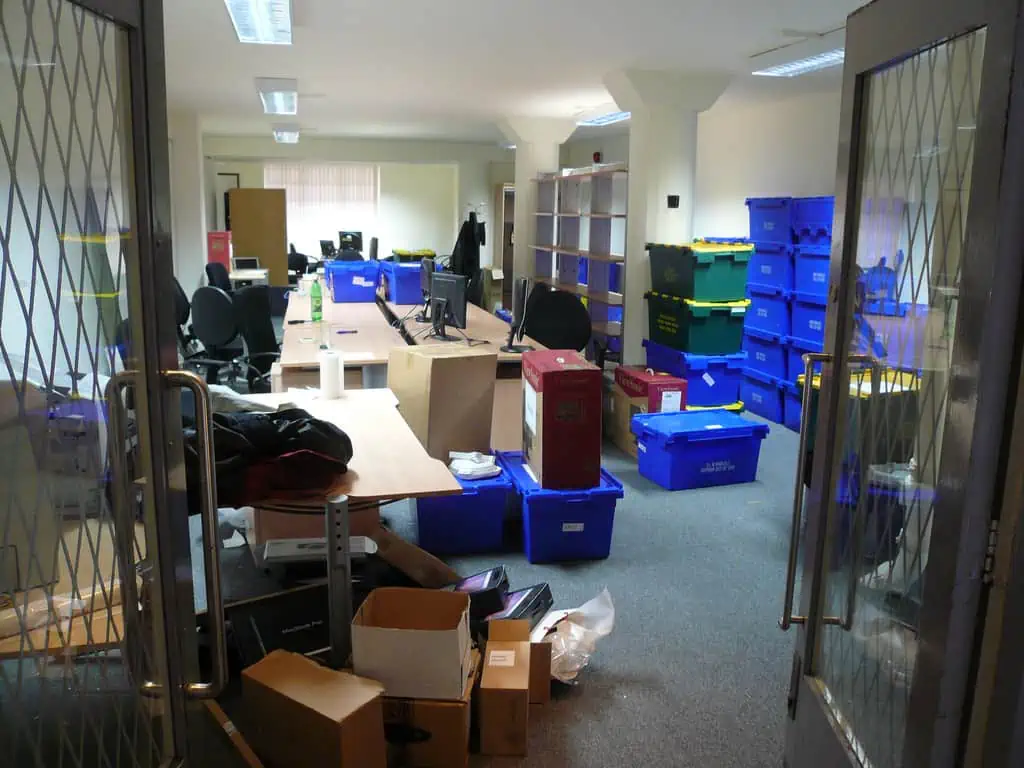
Of course you do. Office moves are just like regular household moves, right? You load it all into the truck, you drive it across town, you unload it, you shake hands with your customer and head home. What else is there?
True, office moves are like household moves in that they involve transporting things from Point A to Point B. Sometimes only some stuff goes, sometimes it all goes. You shake hands with your customer after a job well done. But there’s where the similarities end.
Moving an office involves a completely different environment. Different logistics. More moving parts. And while taking care of the things we are moving remains a priority, we are less focused on style and more focused on speed.
But before we head off to the races there are a few things we need to cover.
The Lay of the Land
Set up a meeting with your contact person and do a thorough walk through on both ends of the move. There may be issues far beyond what’s going and what’s not, and you’ll want to be able to address each concern in advance. Among them:
- Is there anything particularly heavy or hazardous? We’ve moved servers that were far too weighty for a couple of rinky-dink four-wheelers to handle; fortunately we knew this and had the necessary equipment for the job. We’ve heard stories of employees walking around dressed like nuclear reactor repairmen; what they were moving we could only speculate – from a distance, we are happy to say.
- What are the access points and how do they look from a move-day standpoint? Are there freight elevators, and will they be accessible? Where will the loading and unloading take place – curbside? loading dock? parking lot? – and do these places afford room for staging?
- Are there any security clearance matters to tend to ahead of time? Certificates of insurance? We’ve seen crews get held up for hours on site waiting for certain pieces of paperwork to come through because matters were not addressed in advance.
- Who else will be on site during the move? Electrical contractors? IT people? Cubicle take-down and set-up crews? Depending on the type and size of the business you are moving your guys may be working around a host of other people doing their thing on their schedule. Ask your customer who will be doing what before, during or after your guys start cranking; keeping on top of more than your particular logistical considerations shows foresight, professionalism and a willingness to work as part of the greater picture.
- Is this a night move? If so, you’ll need to think how this might affect your ability to handle your other moves, scheduled the day before and/or after. Also, does the customer have a limited time frame in which to work? Knowing what sort of window you have to get the job done may influence the manpower and equipment you’ll need.
Bring it all together by mapping out the floor plan, especially at destination, to show the guys exactly what they will be walking into so they can hit the ground (floor) running.
Helping the Customer Help You
Your customer may be savvy in the ways of office moves. Or he may be pulling his hair out. After your walk-through – during which you will have asked enough of the right questions to show that you know exactly what you are doing – explain to your customer how he can help make the process easier and more efficient for everyone…by legislating duties to his people, just like a normal business day.
On a household move you are only going to be dealing with a few beds, a couple of couches and a limited number of chairs – asking the customer for a little direction, if it isn’t already clear where that bed or table goes, is not a big deal. With an office move we are dealing, potentially, with dozens of desks, chairs, phones, computers, file cabinets and trash cans, all of which need to be moved out then reunited at destination with their respective employee-owners. Ask your customer to have each employee label everything in their room or cubicle with a number or letter that will correspond to the letter or number of their new room or cubicle at the other end. The same can be done with common items like copiers, printers and coffee makers. The simpler and more user-friendly the system, the more efficiently your guys can work, which will only be to the customer’s advantage so be clear how helpful such a system would be.
Beyond labeling everything, encourage your customer to have his employees get their offices, their cubicles, their work spaces ready to go. Unplug all phones, modems, routers, computer components and whatever other electronics. Pack into boxes everything that will fit into boxes, leaving nothing loose sitting around. Files and piles of paperwork, calendars and pictures and tape dispensers and bobbleheads should all be consolidated and packed and ready to move. Again, this sort of preparation not only makes things easier for your crew, but goes a long way in facilitating a quick and organized move. This saves your customer the cost of extra man hours during the move while avoiding a loss of productivity since his employees will not spend their first day in the new place searching for their stuff.
Explain how you’ll be moving everything, from the equipment you’ll use to the areas you will be utilizing. This may light a spark in the customer’s head. Certain pieces of equipment might need extra care. Some areas might need to be kept clear. This or that door might not be accessible. If the move is taking place during the day when everyone else in the building is carrying on with business as usual the elevators, stairs, hallways and points of egress you can use may be restricted. Give customer the opportunity to understand your strategy, ask questions and let you know of any potential pitfalls which may only become apparent once the customer – or you – can visualize the move in progress.
Equipment
The dynamics of an office move require we bring more equipment, and (of course) the larger the move the more of these tools we will need. A few four-wheelers, a couple of hand trucks and a reefer dolly are not going to cut it. Plan on a few dozen wheelers and an army of commercial bins (a.k.a. speed packs), those big cardboard boxes that are designed not for packing but for placing on a four-wheeler and moving a bunch of items at one time. Base your count on how many desks and commercial bins will go at one time onto however many trucks you’ll be using (more on this below). Also plan on plenty of straps for the trucks, more than you’d need for a typical household load. In addition, during your walk-through you will have noticed any stairs you might need to negotiate on the way to or from the truck. Bring enough ramps/walkboards to cover them all. Because loading and unloading is all about wheels.
The Office Load/Unload
On a typical office move, loading the truck requires SPEED not beauty. This is the first reason for all those four-wheelers – and all those walkboards for the stairs. Each desk, each file cabinet, each large (or large enough) item we move goes straight onto a four-wheeler and doesn’t come off, not even while on the truck, until it reaches its final destination. Same goes for all those smaller items – phones, fax machines, boxes of personal items, even computers and office chairs; these things go into speed packs which will also remain on wheels for the duration of the trip.
On the truck we won’t be playing multi-layer Tetris with the desks and file cabinets and speed packs. We’ll be rolling everything onto the trucks and leaving them on their wheelers, to be rolled off again at the other end. Keep in mind that all that stuff on wheels needs to be fully secured, so bring plenty of straps. Plus the tighter we can make everything sit the less it will all move in transit. Still, we are not going to be able to afford to spend tons of time creating a perfect fit for everything. But we certainly want to avoid damaging desktops and file drawers in transit. Placing speed packs in between those desks and filing cabinets keeps them from banging and scraping against the walls and each other – which makes for good preventative strategy.
With any sizable office move having two trucks is a huge time saver. Once the first truck is loaded and on its way the guys can start loading the second. When that truck has gone your crew at origin can start staging the desks and speed packs for when the first truck makes it back. At this point we’ll have a crew on each end; the guys at destination unload to a staging area allowing for the truck to get back to origin more quickly. Depending on how many trips are needed and how many wheelers you have, your destination crew might want to get each load of desks and speed packs delivered and off their wheels so those wheelers can be sent back to origin for use on the next load.
This brings up another reason to have the customer get his people organized. At destination the quicker your men can find where each desk or speed pack is supposed to go the quicker they can free up those wheelers. If you’ve got several dozen or a couple hundred four-wheelers at your disposal this may not be an issue, but if you only have so many wheelers and speed packs to work with you won’t want them all sitting around waiting to be given a home. Particularly if you have to rent a bunch of wheelers, you don’t want fifty or seventy-five of them sitting idle for hours, you want them constantly going back and forth.
All of this focus on speed and efficiency assumes we are moving more than one truckload of stuff from A to nearby B. A smaller office move to a further-removed destination will change if not simplify our approach to resources and logistics planning. The bigger the move, though, the more thought we’ll devote to our use of that one resource we cannot control: time.
As the Dust Begins to Settle
Once the move is complete but before vacating the premises, take a few minutes to make sure we are leaving with all the equipment we showed up with. In an environment as hectic as an office relocation it is easy to overlook that one missing wheeler. And not that any of the potentially dozens of other contractors on site or any of your customer’s employees would be so bold as to hide that sweet,stray four-wheeler in a closet to take home later (ahem) but grown-ups are not always too grown up to play Finders Keepers.
No need to worry. Your guys are real pros.
You’ve got this office moving thing down.

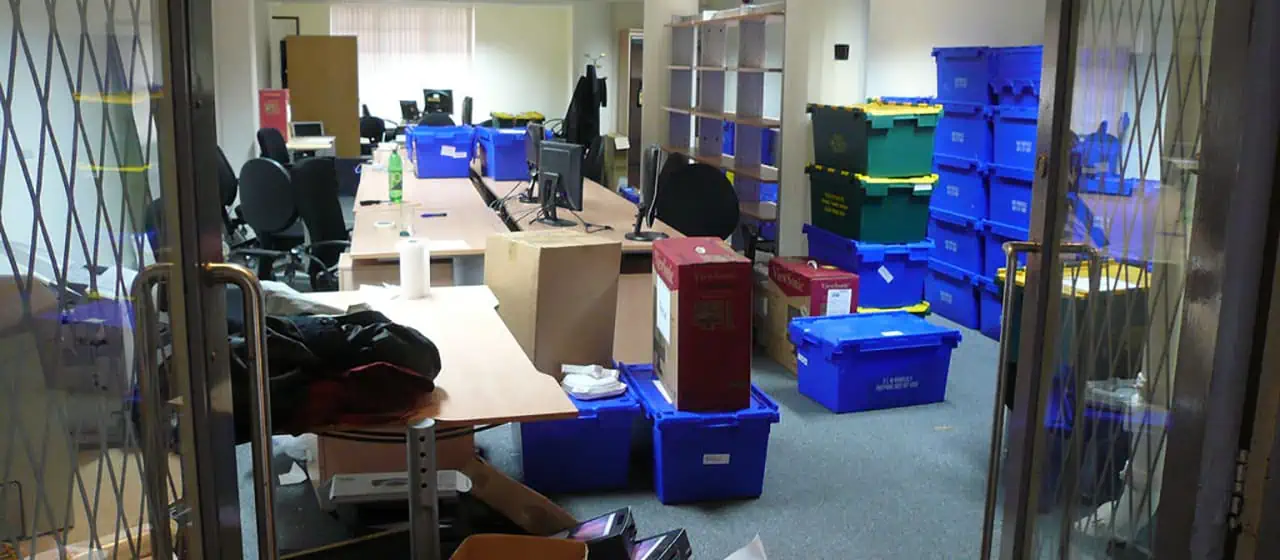
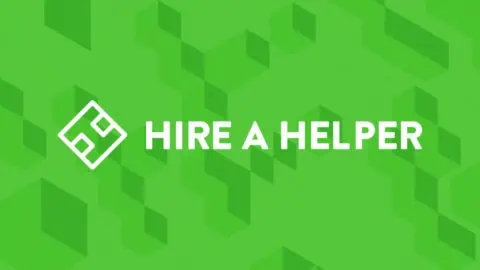
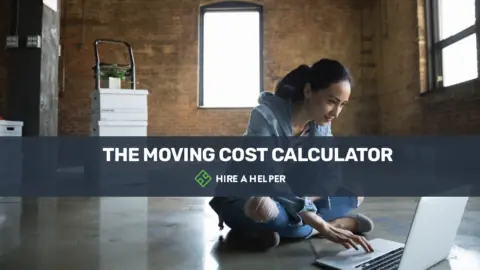
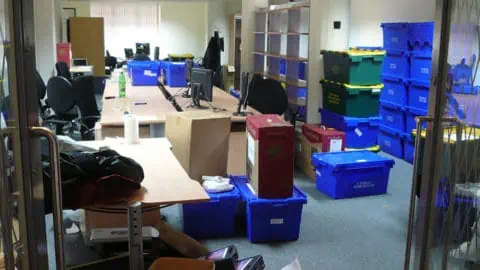
will
Very good info. Now as far as special equipment Rolla lift. Kick back dollies and panel carts. Comp carts et. How will the charge work
Kevin Kato
Thanks for chiming in Will. Yes the resources you mention are helpful
as well, we regret not including them.
Due to cost, infrequency of use, lack of storage space or a
combination of these, even some of the bigger moving companies shy
away from keeping Rol-a-lifts and computer carts on hand. This means,
of course, that renting such equipment is the preferred strategy. New Haven (http://www.newhaven-usa.com/rent-equipment.htm) has facilities scattered across the country, though you might be able to find someone more local. Google around. Then figure out how
you can absorb the cost of renting the necessary equipment.
Normally on an office move (as far as what we’ve seen to be normal)
the customer will incur hourly charges for however many men and
however many trucks; most everything else comes part and parcel with
the deal, i.e. there’s no extra charge for having the crew bring
4-wheelers or dollies to do the job. Granted, Rol-a-lifts and
computer/library carts are not everyday tools of our trade, but
tacking on added charges for these things might be seen by the
customer as an attempt on our part to nickel and dime them. Maybe not, but there are other roads to take.
One possible solution as far as covering equipment rental costs is to
work it into the hourly rate the customer pays. In doing so, keep in
mind the customer is looking for value. When you give your estimate
for the job stress to your potential customer that for the hourly rate
you are offering they’ll be getting all the men and resources
necessary to do the job quickly and efficiently. A bare-bones crew
might mean a lower hourly, but does the customer want their move
performed by an understaffed, under-equipped group of guys? And will
they get hit with those extra charges at the end of the day? The right
number of men with the right equipment equals less down time, meaning your customer can get back up and running sooner than later. Make this clear when making your pitch.
Again, it is up to you to decide what works best for you in pleasing
your customers. If you’ve developed a few sure-fire strategies for
landing those high-paying office moves let us know! Sharing our ideas
makes us all better.